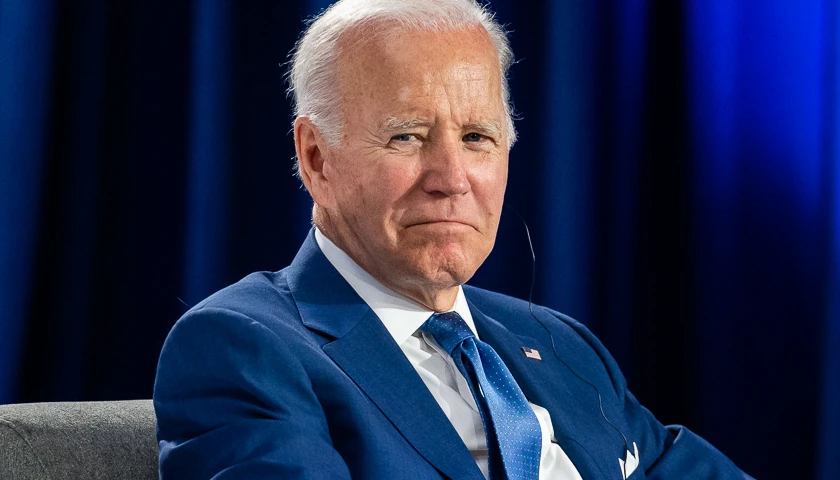by Will Kessler
The U.S. added 353,000 nonfarm payroll jobs in January as the unemployment rate remained at 3.7%, according to Bureau of Labor Statistics (BLS) data released Friday.
Economists anticipated that the country would add 180,000 jobs in January compared to the 216,000 that were added in December and that the unemployment rate would tick up to 3.8% from 3.7%, according to Reuters. Despite the job gains, American employers cut 82,307 positions in January, a 136% jump from the previous month, amid a wider trend of layoffs as factors like high inflation continue to hurt business conditions.
“With an increasing number of people unable to find new jobs after a separation (quit or fired), continuing unemployment insurance is rising too,” E.J. Antoni, a research fellow at the Heritage Foundation’s Grover M. Hermann Center for the Federal Budget, told the Daily Caller News Foundation. “Despite a government and consumer that refuse to stop this debt-fueled spending binge, the underlying fundamentals of the economy remain weak and still point to a contraction.”
 The number of government jobs recently exceeded 23 million for the first time ever in December, outdoing the previous all-time high of 22,996,000 in May 2010 during that year’s census collection. To accompany the rise in government employment, the national debt exceeded $34 trillion for the first time in U.S. history on Dec. 29, 2023.
The number of government jobs recently exceeded 23 million for the first time ever in December, outdoing the previous all-time high of 22,996,000 in May 2010 during that year’s census collection. To accompany the rise in government employment, the national debt exceeded $34 trillion for the first time in U.S. history on Dec. 29, 2023.
The number of jobs initially reported by the federal government in its monthly reports was revised down by a total of 749,000 jobs in 2023, equating to nearly one-fourth of all jobs that were announced in the year. The number of jobs added in October and November was revised down by a total of 71,000 in December.
Initial UI claims climb to 224k while continuing claims rise to 1.9 million as layoffs increasingly filter through to longer-term unemployment – JOLTS data seems increasingly reliable, at least the downward trend of hires and quits; expect UI claims to continue rising… pic.twitter.com/SKn5aSP0JO
— E.J. Antoni, Ph.D. (@RealEJAntoni) February 1, 2024
The Federal Reserve projected at the conclusion of its December Federal Open Market Committee meeting that the federal funds rate would be lowered to 4.6% by the end of the year, possibly providing a boost to the labor market as credit costs soften. The Fed has set the current rate to a range of 5.25% and 5.50%, the highest level in 22 years, in response to high inflation.
Inflation peaked under President Joe Biden in June 2022 at 9.1%, moderating to 3.4% in December, far above the Fed’s 2% target.
The economy grew at an above-trend rate for the second quarter in a row in the fourth quarter, rising 3.3% year-over-year. Despite the positive increase in gross domestic product, the government added $800 billion to the federal deficit in the quarter, while the economy only grew by $328.7 billion.
– – –
Will Kessler is a reporter at Daily Caller News Foundation.





